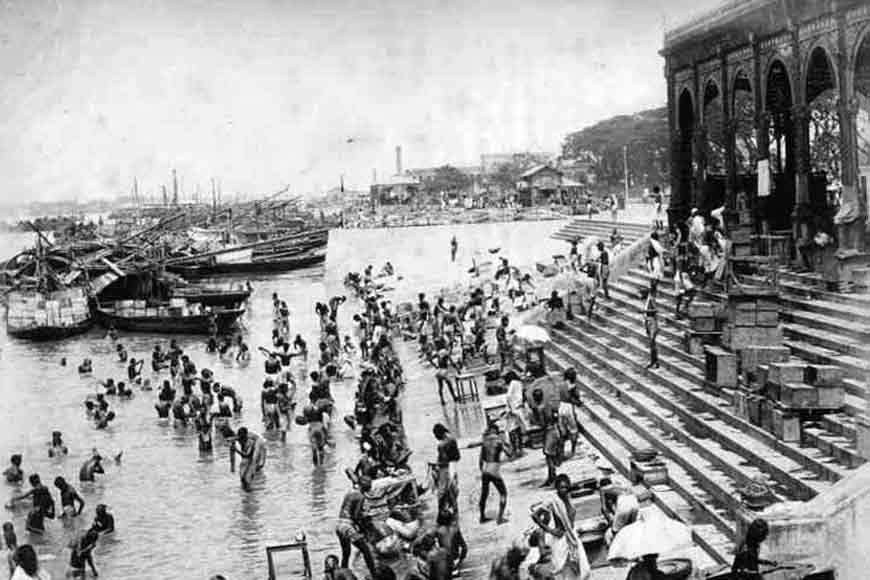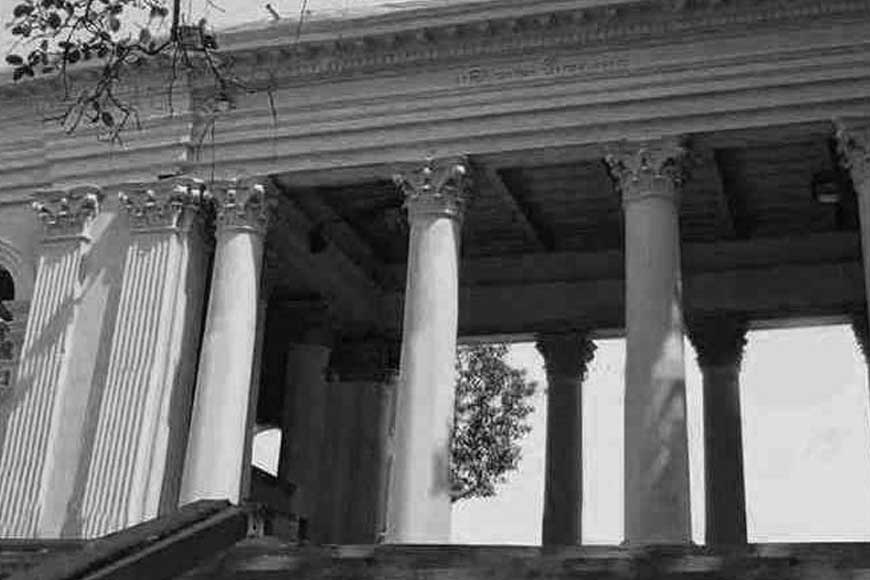Armenia’s love affair with Kolkata steeped in centuries’- old history

The grand old dame, Kolkata, has been ageing gradually and gracefully. She is past her prime and has already entered her golden years. Is she old? Nay, many would insist, not so soon. But like every other prominent city or town, she has a rich heritage, a long chronicle of growth and development based on facts from the annals of history and there are some steeped in legends and hearsay.
How do we begin the story of the city? Do we probe into the beginning of human settlement from the river, once traversed by mariners from distant lands, who were enchanted by the pristine beauty of the coast. So much so that they anchored on the bank of the river and decided to settle down and make this place their home. Or, is it the story of the indigenous people who inhabited this land from time immemorial? Or an amalgamation of both that created the mega city as we see it now?
Long ago, foreigners from different parts of the world arrived here and settled down. They built dwellings, roads, religious establishments, educational institutions, offices, markets et al and in the process, the place developed and expanded. So, if we have to start tracing the city’s history, it is best to initiate the effort with the arrival of these foreigners. Armenians have been one of the earliest immigrants to settle in the city. Initially, they came to India to carry on business and trading but then decided to stay back and made Kolkata their homeland. Their arrival route is still traceable if we travel from the north of the city, keeping Burrabazar to our east, down the river way to Mallick Ghat and then go farther via Strand Road. The Hooghly River was then a rapid flowing river as its flow had not been affected by any construction. There was Ferry Ghat where steam ferries plied between Kolkata and Howrah, on the other side of the river. Armenian Ghat lies on the southern fringe of Ferry Ghat.
In 1873, the Tramway Company introduced its horse-drawn tramway service from Sealdah via Dalhousie and Customs House that terminated at Armenian Ghat. Armenian Ghat, fondly called Armani Ghat by locals, was built in 1734 by Manvel Hazaar Maliyan, a celebrated Calcutta trader of Armenian origin. The elegant ghat, with its gracefully designed cast iron structure was built to facilitate business and transporation of goods and tackle the docking of the merchants of the town. Steamers from this ghat travelled to Tamluk, Ghatal, Kolaghat in Midnapore. Now of course no trace of that wide-spread marine activity exists. Close to this ghat was Bibi Ross’ Ghat, mentioned in ancient manuscripts and maps, but now there is no trace of that ghat, nor much is known about it now.
A short walk from Armenian Ghat leads to the Armenian Holy Church of Nazareth. It is possibly the oldest church in the Kolkata. The original church was built in 1688, but it was destroyed in a devastating fire. The present church was rebuilt in 1724 by Agha Jakob Nazar. The cemetery, adjoining the church, is perhaps most famous for being the final resting place of Rezabeebeh Sookia. Her grave dates back to 1630, which makes it the oldest Christian grave in Kolkata, and proves that the arrival of the Armenians to the city predates that of the English in 1690.
 Motilal Seal’s Ghat
Motilal Seal’s Ghat
Bibi Ross’ Ghat was was succeeded by Barota Ghat, named after the Portuguese trader Joseph Barota. He was a money lender who established a bank in Kolkata. His residence and bank were located on Mangoe Lane. The ghat was razed to the ground when Strand Road was being built. Armenian Ghat is followed by Motilal Seal’s Ghat. The classical-style ghat with four tall Corinthian columns to support the parapet still stands on the spot, but people identify this spot as Armenian Ghat.
Also read : Why did Lord Bentinck praise Rani Rashmoni?
Armenians have been an integral part of Kolkata’s growth and they played a vital role through Indian history. They migrated from Armenia in the 16th century and thrived as traders. By the time of Akbar’s reign the Armenians were an economically affluent and powerful community.
The Armenians had cordial relations with both the Mughals and later with the British. Aurangzeb was quite pleased with the Armenians and gave them permission to settle down and carry trading and business from Saidabad near Murshidabad. The Mughal Emperor even granted them a tax rebate and reduced it to 3.5 per cent from 5 per cent.
The early traders signed agreements with the British East India Company in 1688 codifying their cultural, religious and trading rights. On 22 June 1688, the British East India Company signed a contract with Khoja Sarhad and Khoja Fanush, who represented the Armenian community in Bengal. In accordance with the agreement, the East India Company built a small wooden church at the site of the present Armenian Church. The church was destroyed in a devastating fire and later rebuilt. The expenses for the external decoration and maintenance of the church was borne by renowned Armenian hotelier and real estate developer, Arathoon Stephen. Amongst other properties, he owned and developed the Empire Theatre and Grand Hotel in Kolkata.
For centuries, the Armenian community has not only been an innate part of the city but has also been instrumental towards developing the city’s infrastructure and socio-cultural rapport.









